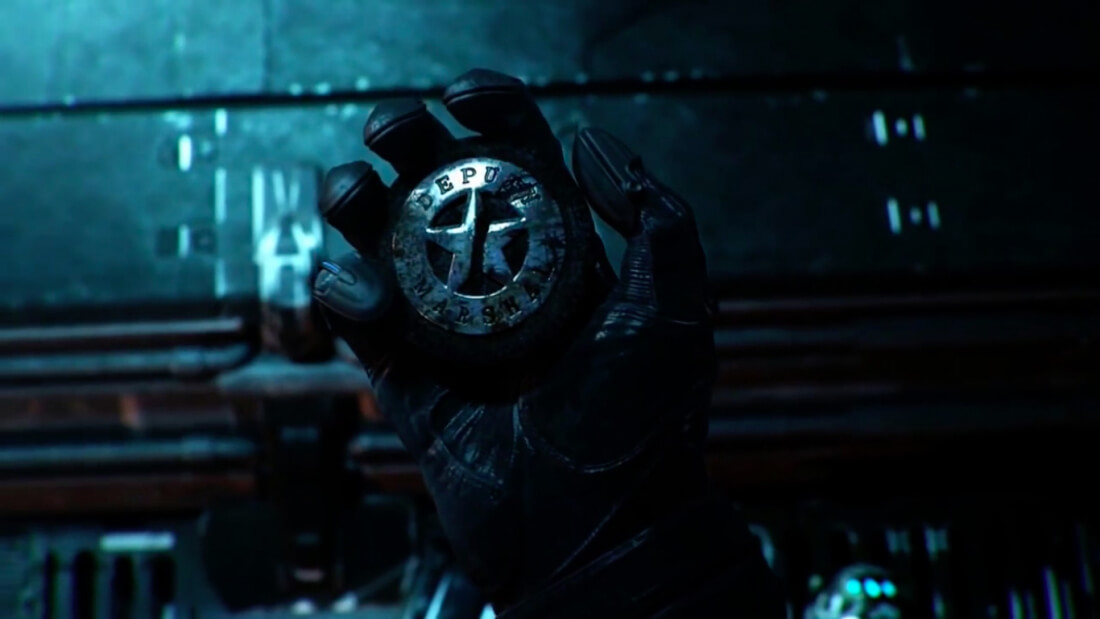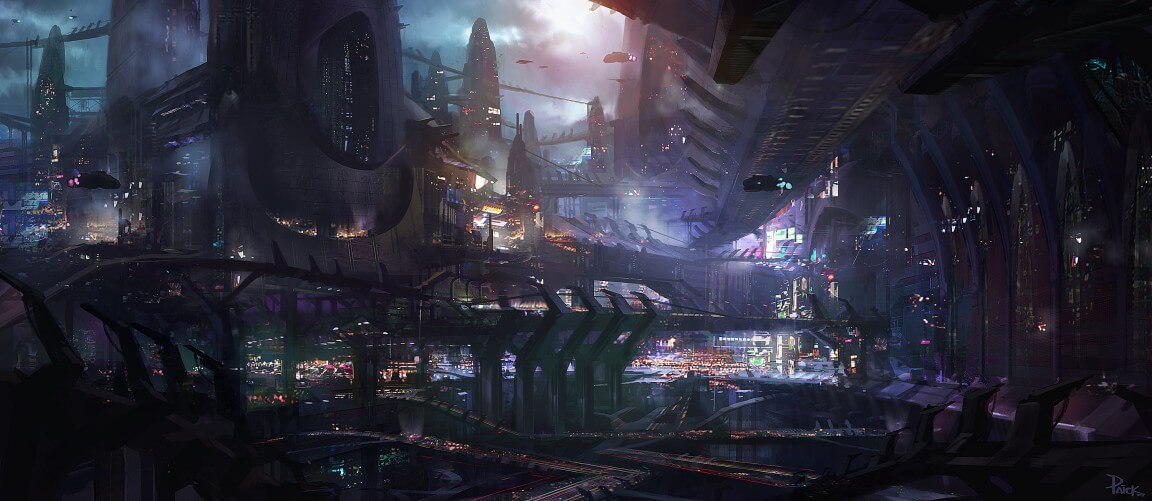It is known that developer Human Head Studios had planned something vastly different for the follow up to the original 2006 sci-fi hit Prey than what we got from Arkane Studios earlier this month.
The reason for Prey 2's cancellation stemmed from a legal/buyout dispute between Human Head and Bethesda. While the legal wrangling involved is somewhat interesting, more intriguing is the game that we missed out on because of the feud. Bethesda and Human Head announced Prey 2 back at E3 2011, so a recap of what they showed us might be in order.
Like 2017's Prey, Human Head's Prey 2 was not going to have much to do with the original title; at least not for what they showed us at E3 2011. The only connection to the first title was the origin of the protagonist. The main character, Killian Samuels was a US Marshal transporting a prisoner onboard the plane that wrecked on the mothership (the Sphere).
If you played the first game, you might recall watching the plane crash while fighting your way through the Sphere, and being stunned at the size and scope of the alien vessel.
Prey 2 picks up just after the crash and has Killian fighting his way out of the wreckage. During his struggle, he gets taken by surprise and gets knocked out by an alien. When he awakens, he is on a planet called Exodus. Ten years pass in the strange world, and Killian becomes a bounty hunter. One of the tools of his trade is a teleporter that he straps to his bounties to instantly transport them to specific coordinates stipulated in the contract. This dynamic is important to remember as you will see later.
This little bit of plot and some gameplay were demoed at E3. However, Eurogamer's Chris Bratt had a sit-down with several of the game's developers and got the full story behind the game that was almost complete, but never saw the light of day (watch the video below).
While the developers had no intention of tying the game to the first Prey more than what was mentioned above, as development continued, they decided to crossover a bit more into the original universe.
As the story progressed, Killian would eventually meet up with Tommy, but it would only be Tommy's spirit form. You may recall Tommy having a spirit guide in Prey that was his uncle who had been gruesomely killed by the aliens. However, Tommy is not dead; he merely communicates with Killian in his spirit form because aliens called the Keepers had imprisoned him. As the game progressed, Killian would come to free Tommy, and they would fight together to defeat the Keepers who were building a new Sphere to continue their conquest of Earth.
When Killian meets Tommy, he thinks it is the first time they have ever met. However, every time the player dies and respawns back at his apartment, it is actually his consciousness being transferred into a clone. In fact, during the time between the plane wreck and when Killian wakes up on Exodus, seemingly for the first time, he has actually died hundreds of times fighting alongside Tommy and just cannot remember it. It is sort of like a super sci-fi version of Groundhog Day.

This plot twist is revealed toward the end of the game as Killian begins finding dead copies of himself all over the place. However, Human Head had planned a gameplay mechanic that would foreshadow this revelation in the way of respawning after dying.
Developers had conceptualized players having to pay for clones with credits they earned from bounty hunting. No credits = no clone = game over. This dynamic would cause players to think about how to approach a potential battle scenario when low on credits, e.g., "Can I afford to fight my way to this next bounty or do I need to take a stealthy approach?" It is an appealing alternative to the constant run-and-gun that is typical with most shooters.
The game had many design elements that were groundbreaking at the time, but that we've since seen in other games. The developers point to games like Call of Duty and Titanfall as examples.
"You look at the most recent Call of Duty game, you look at Titanfall, and it feels like we were a little bit ahead of our time there. We were doing a lot of this stuff six or seven years ago, and ultimately the industry has gone in that direction. It's just too bad we didn't get to have it out there first."
The game was also to hold one final surprise, which in hindsight, would have redefined what it currently means to complete a game and start over with all your skills.
In the last chapter of the adventure, Killian is trying to escape an exploding Sphere 2 and gets blown out a window into space. In a desperate attempt to save his life, he straps on one of his teleporters and punches in random coordinates. The device sends him back to Earth, and the credits start to roll. During the closing credits, we watch as Killian lives out the rest of his life. He settles down, starts a family, and at the very end dies in a hospital bed.
The screen goes white as Killian flatlines and then the player is greeted with, "Welcome back, Killian," as he awakens in his apartment on Exodus.
The formula of continuing your game after the ending is a mechanism that is not uncommon. It has been used in Fallout and other games, but it has never been applied in the manner in which Human Head had planned. The ending also left open the possibility of many sequels for the franchise.
Whether all these concepts and ideas would have worked in the final product, will never be known. However, on paper, Prey 2 by Human Head is an arguably more compelling game than the Prey that Arkane put out for us in 2017.
